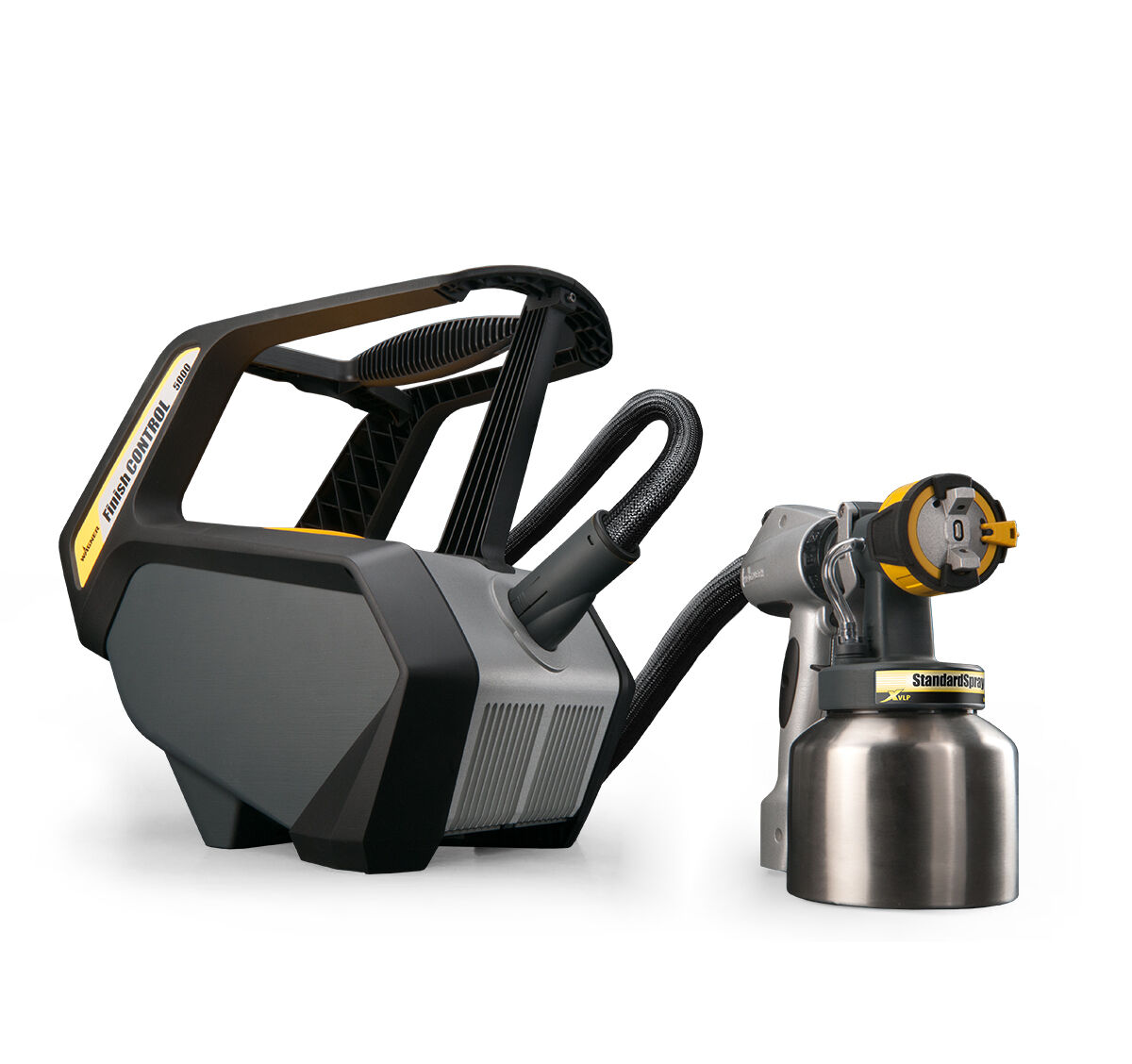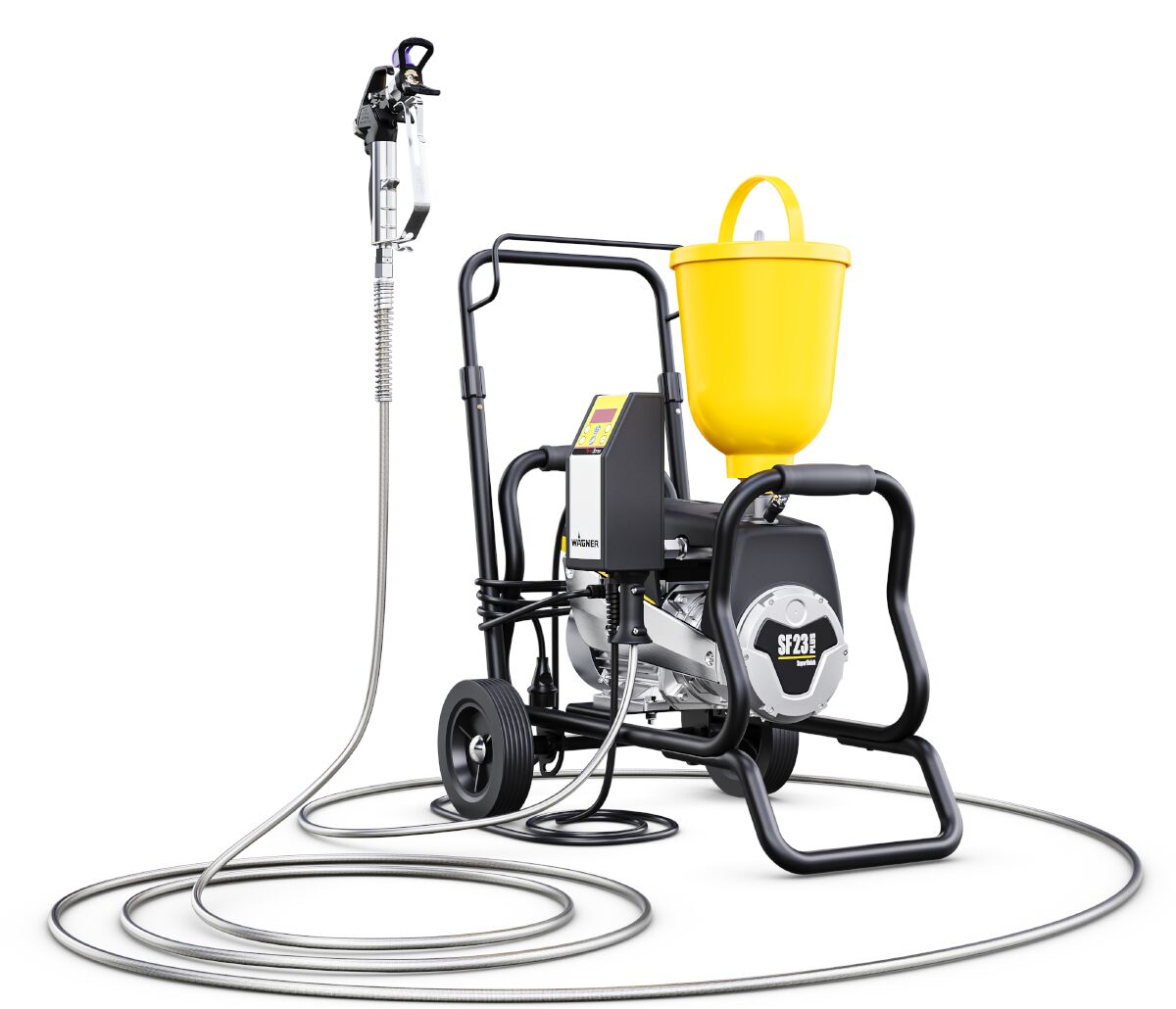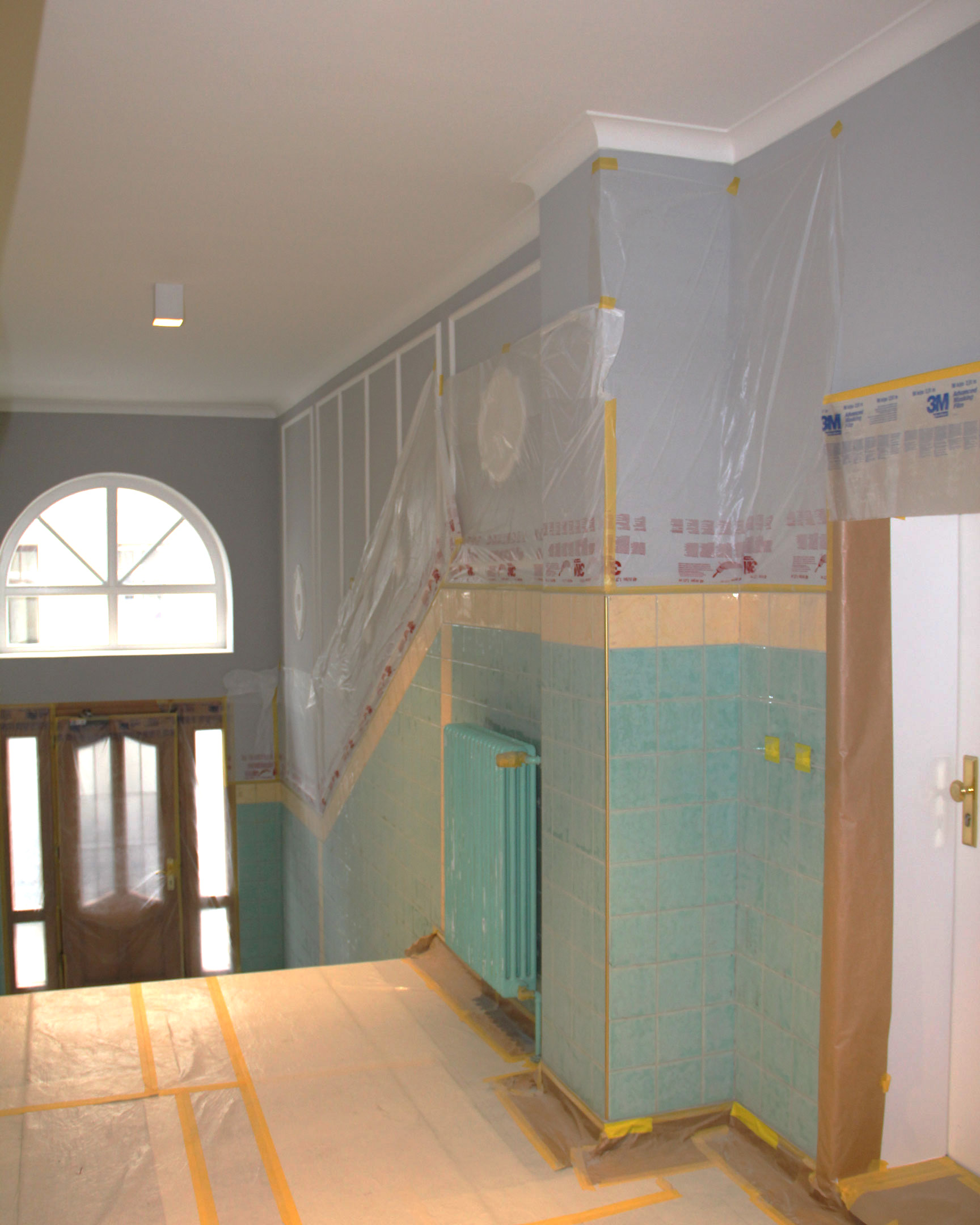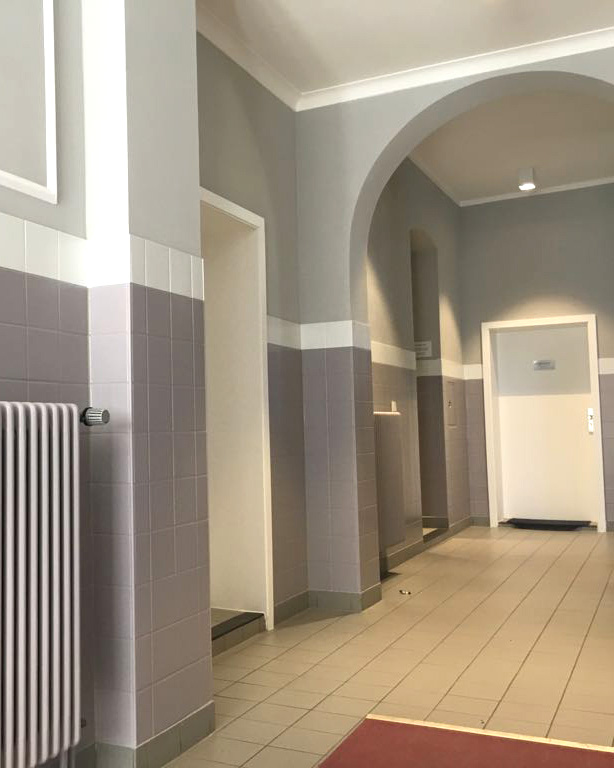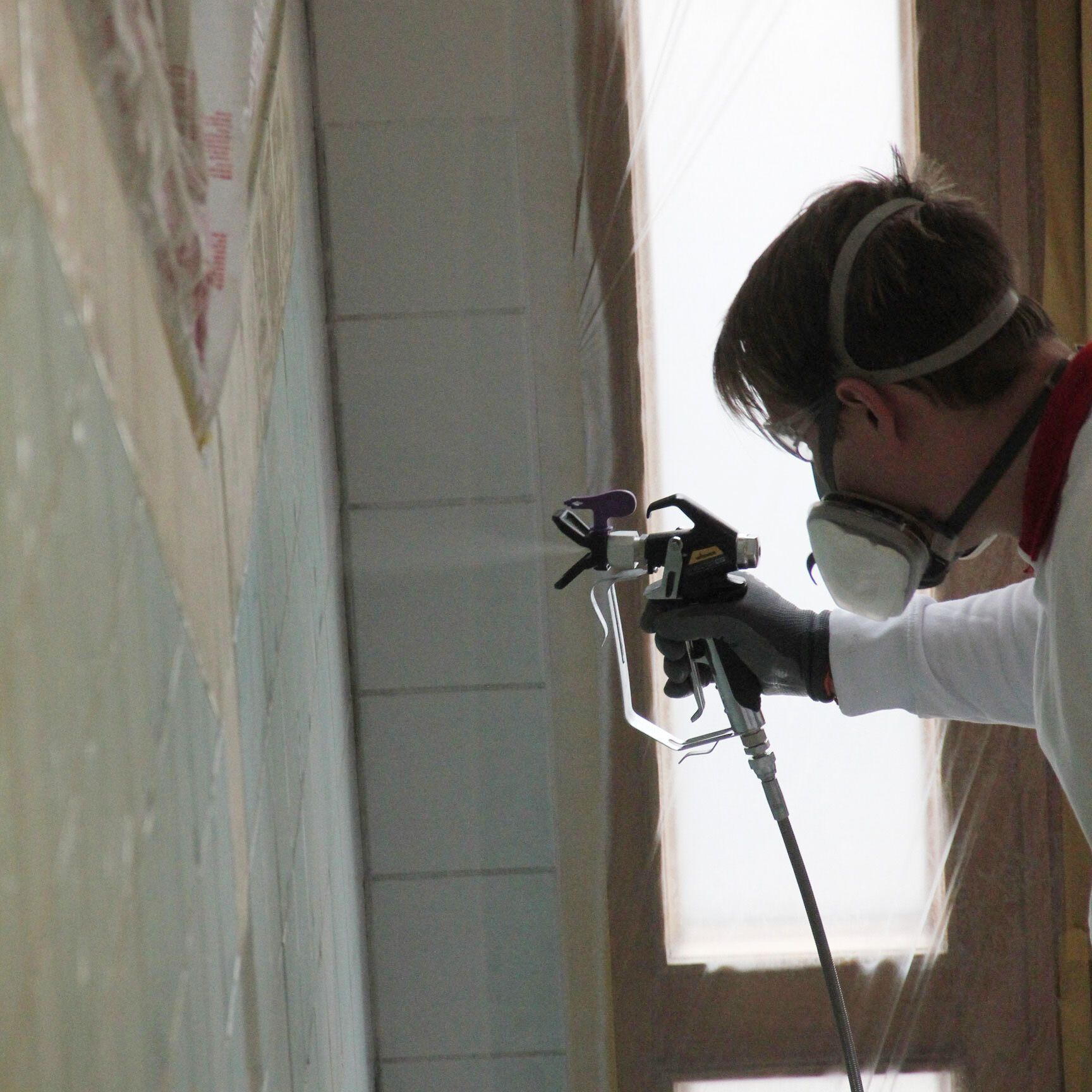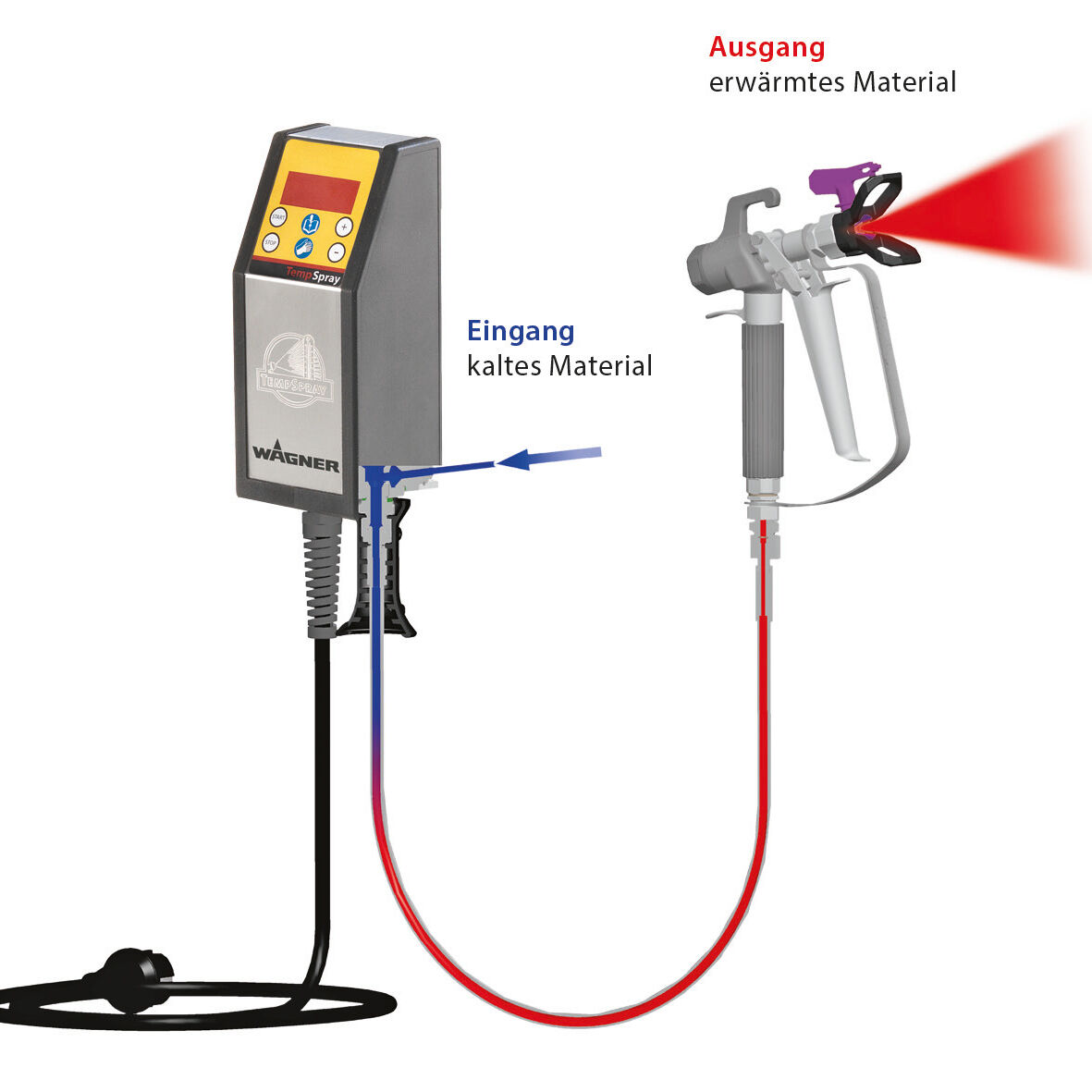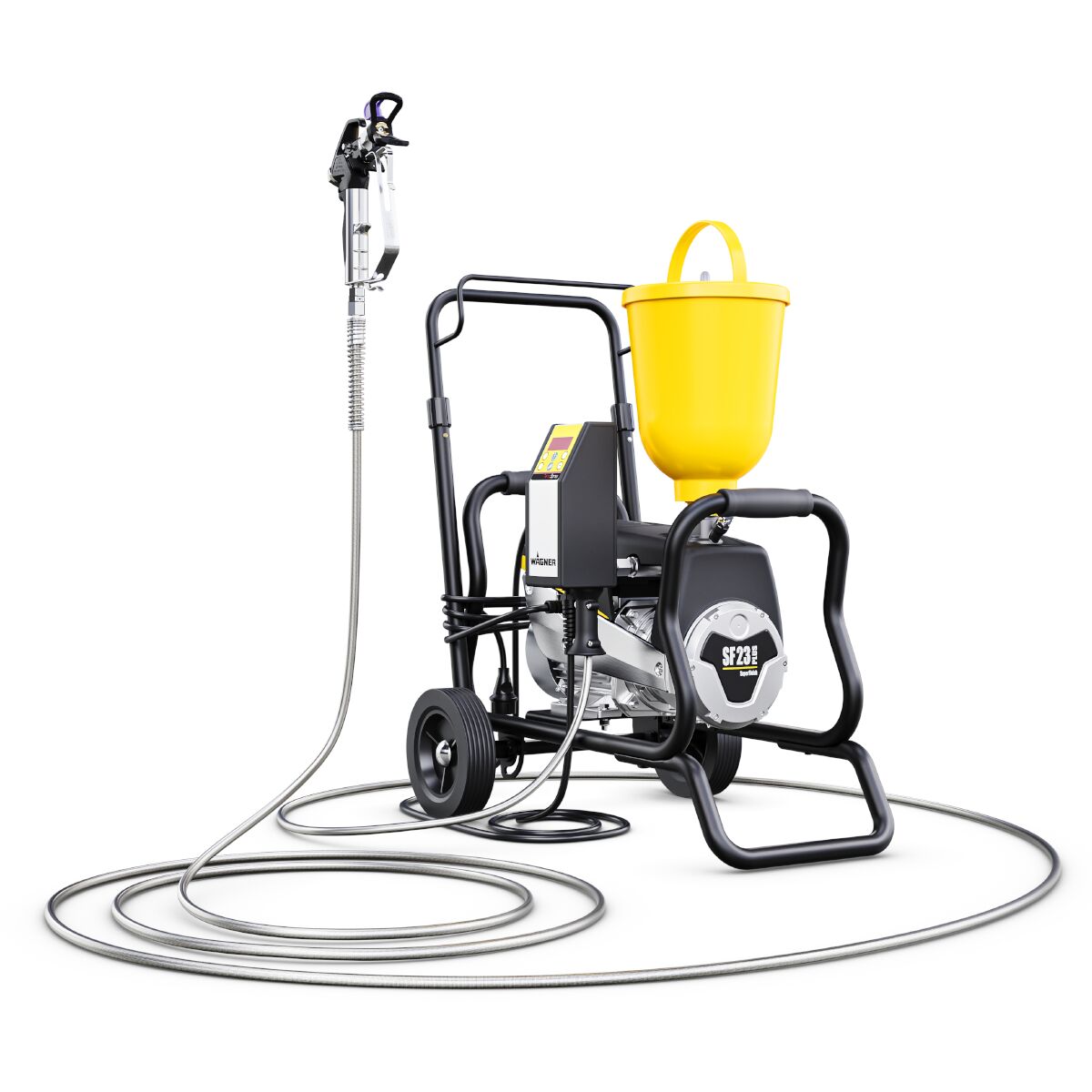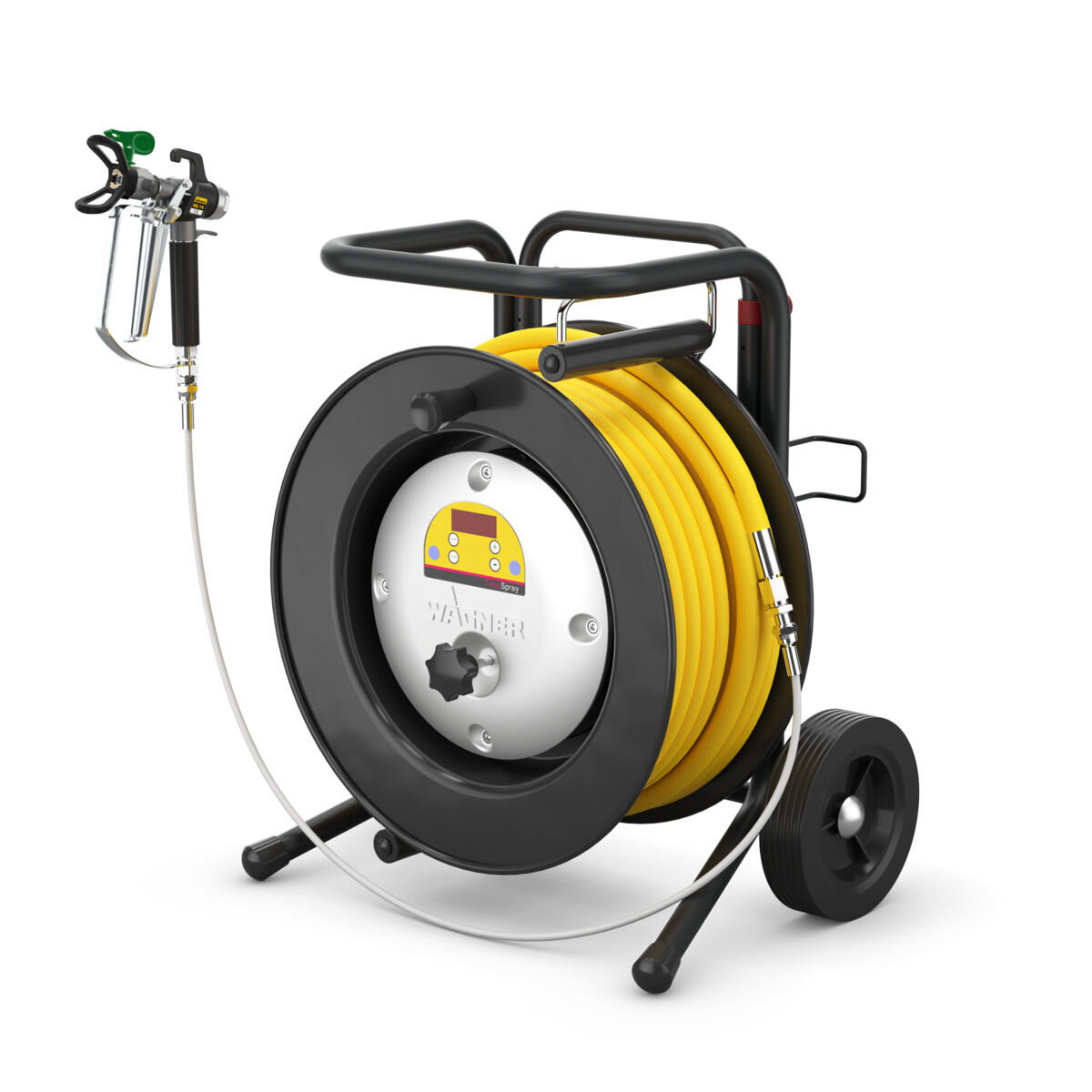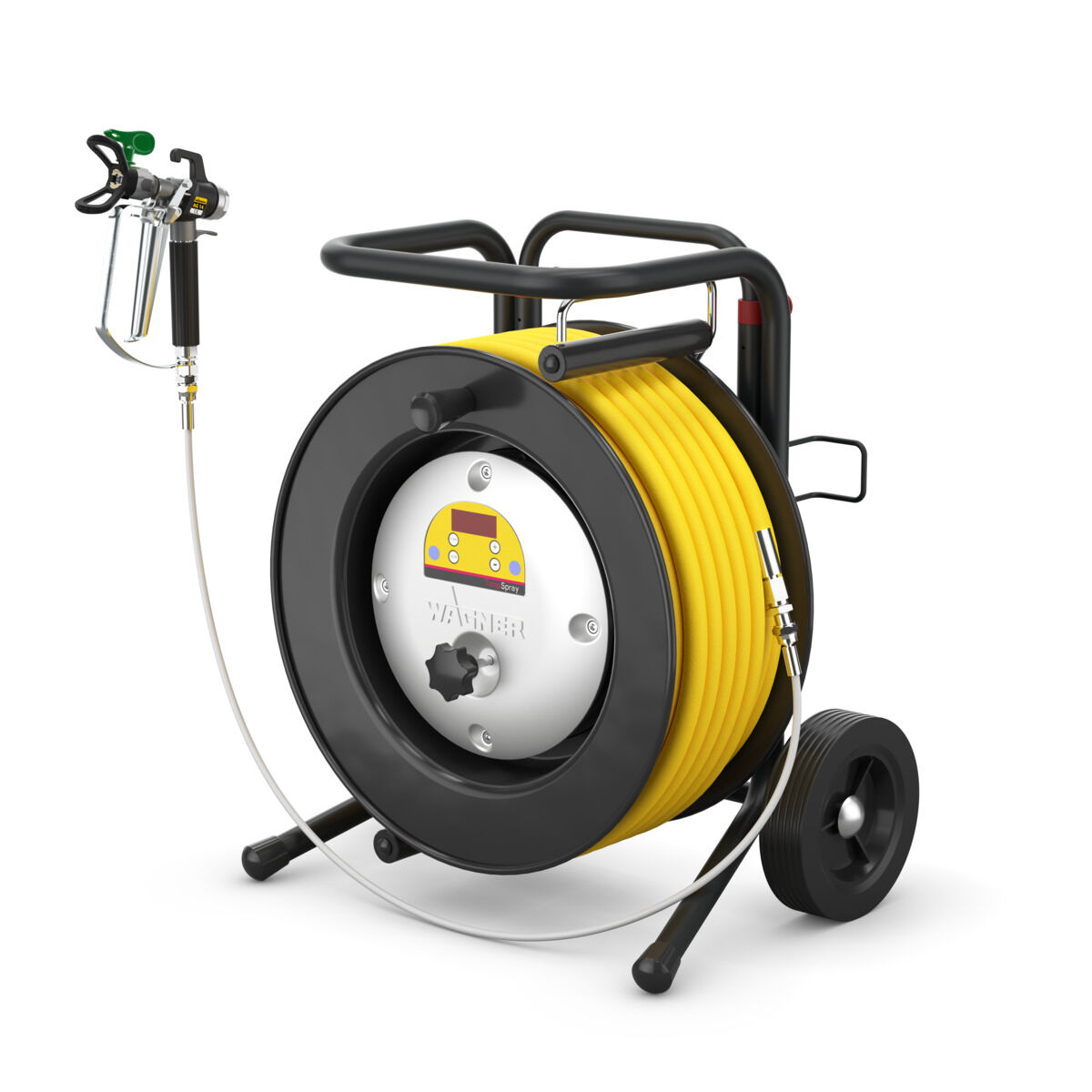Coating tiles: guide for painters and decorators
There is often only one thing that helps with unsightly tiles: lay new tiles or cover them with vinyl stickers. At least that's what many customers think. Coating with tile paint is not only cheaper and time-saving, but also more attractive and resistant than vinyl. To give tiles a new look, you do not have to be a tiler. Painter and decorators, can offer their customers a tile refurbishment by simply coating tiles instead of laboriously removing and then replacing them.




